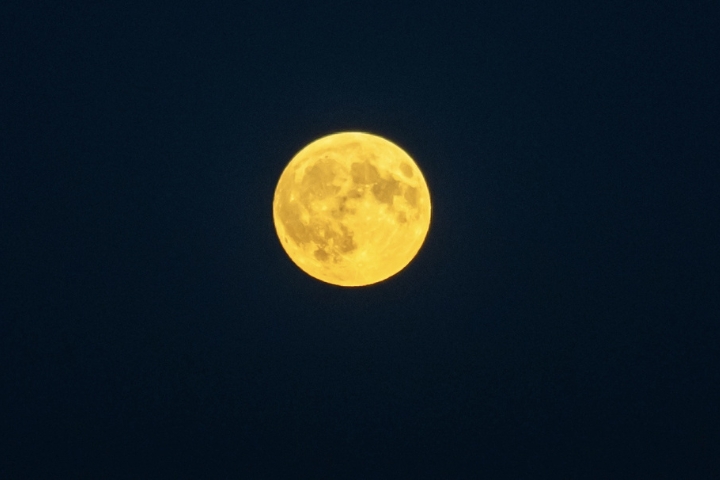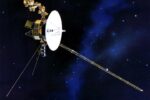On September 17, 2024, skywatchers will be treated to a breathtaking celestial event as the full harvest supermoon coincides with a partial lunar eclipse. This rare occurrence promises to illuminate the night sky, offering a spectacular view for those eager to witness the beauty of nature. The full moon will reach its peak at 10:35 PM EDT, while the partial eclipse will begin shortly before at 8:41 PM EDT, creating an enchanting spectacle as Earth’s shadow partially obscures the moon.
What Makes This Moon Special?
The harvest moon is traditionally recognized as the full moon closest to the autumnal equinox, and this year’s edition is particularly special as it qualifies as a supermoon. A supermoon occurs when the moon is at its closest point to Earth in its orbit, making it appear about 7% larger and 15% brighter than a typical full moon.
This phenomenon is not only visually stunning but also holds cultural significance, as it historically provided farmers with extra light for harvesting crops during the fall season. During this event, observers will notice that a portion of the moon appears to have a “bite” taken out of it due to the partial lunar eclipse. At its peak around 10:44 PM EDT, approximately 8.4% of the moon’s surface will be in shadow, creating a captivating contrast against the illuminated areas.
Best Viewing Practices
To fully appreciate this celestial display, it’s recommended to find a location with minimal light pollution and clear skies. The best time to view both the supermoon and the eclipse is during moonrise when the moon appears larger and takes on an orange hue due to atmospheric effects. For those unable to witness it in person, various online platforms will provide live streams of this remarkable event.
As excitement builds for this extraordinary night in the sky, enthusiasts are encouraged to gather with friends and family to enjoy one of nature’s most awe-inspiring displays. Whether you’re an avid astronomer or simply looking to marvel at the wonders of our universe, this full harvest supermoon and partial lunar eclipse is not to be missed.
Name of the full moon
Because the harvest moon falls on September 22, which is the autumnal equinox, which marks the start of fall, the name harvest moon is a reference to the season. A common misconception about the harvest moon is that it becomes orange as it rises, but this is true of all full moons. According to EarthSky, the color is caused by the Earth’s atmosphere being thicker near the horizon.
According to The Old Farmer’s Almanac, this is the time of year when many summer-planted crops reach their peak in the Northern Hemisphere. In the past, farmers were able to collect their harvest until the evening hours in order to avoid the first frost.




GIPHY App Key not set. Please check settings